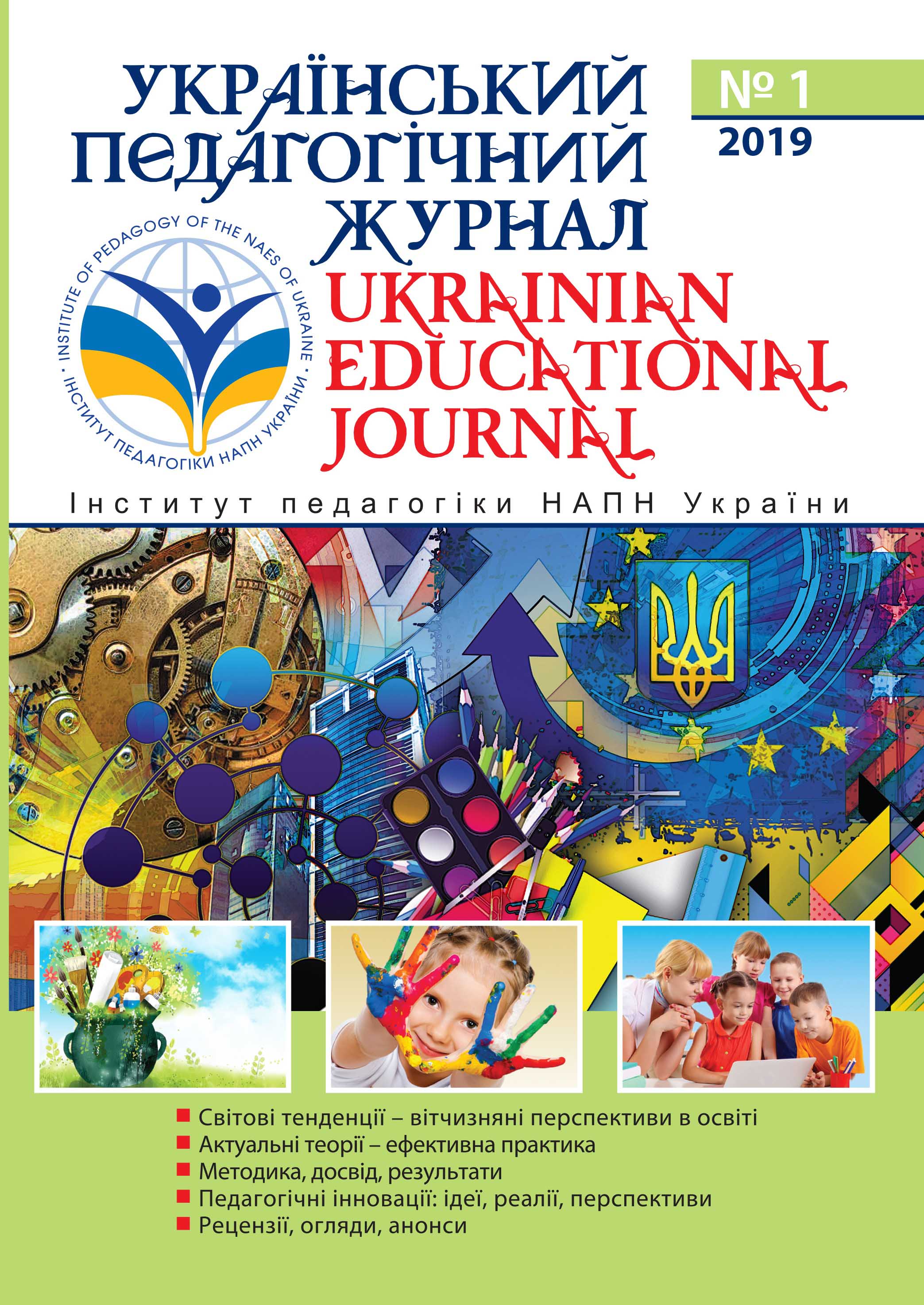Abstract
Various aspects of society digitalization and usage of computer-oriented technologies in school education are revealed in the article. The author analyzed the interdependence of education digitalization and the industry of teaching aids with their widespread implementation into educational practice. It is highlighted on the continuous growth of the role of the newest ICT in innovation pedagogical projects in the system of general secondary education. The author emphasizes that higher efficiency of the educational process is ensured by using the most advanced pedagogical technologies along with ICT tools, adjusted to meet users’
individual needs. The author emphasizes the processes of education reform and modernization in order to improve the functioning and innovative development of education, improve its quality and accessibility, and integrate it into the European educational space. The definition of challenges and the main results of today’s school modernization is an important aspect. Integration is considered in this context as one of the current trends in educ ation. The author suggests an educational resource as a special tool for overcoming the digital gap. The list of the advantages of distance learning and the conditions for its effectiveness is given in the article. The author also explains the mechanism of how innovative technologies contribute to the facilitation of learning and communication among all participants in the educational process. Some mechanisms of using ICT in the education of people with disabilities are provided. They proved to be effective in solving various problems: compensatory, corrective, didactic, and communication tasks. Technologies are considered by the author as auxiliary tools that allow students of all ages and any social background to study regardless of their educational needs. The author revealed some aspects of ICTs integration in education.

This work is licensed under a Creative Commons Attribution-NonCommercial-ShareAlike 4.0 International License.

